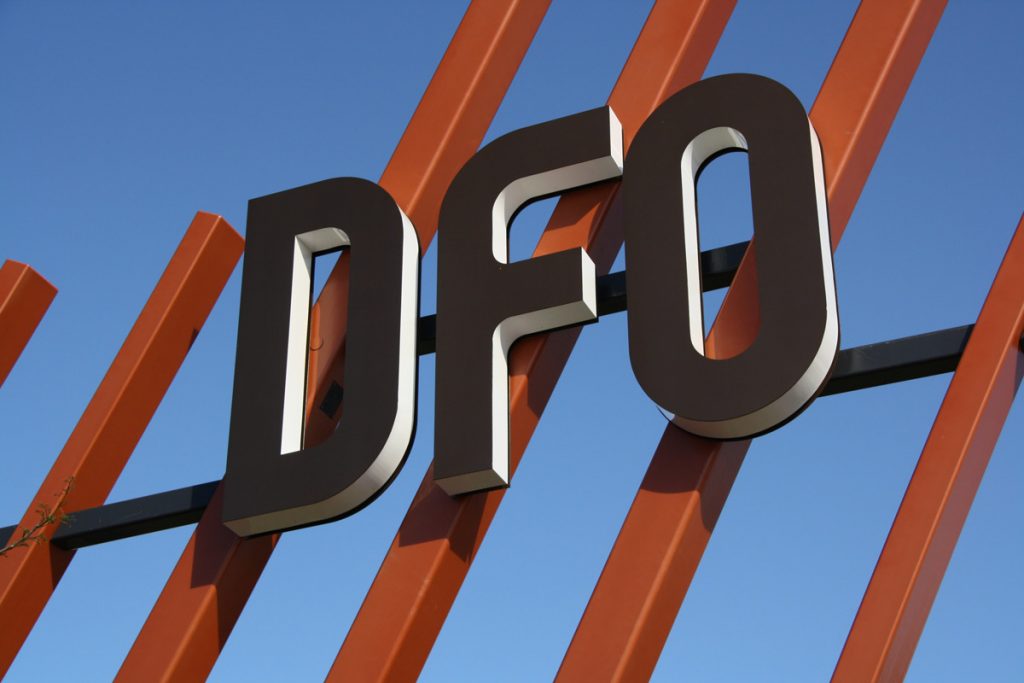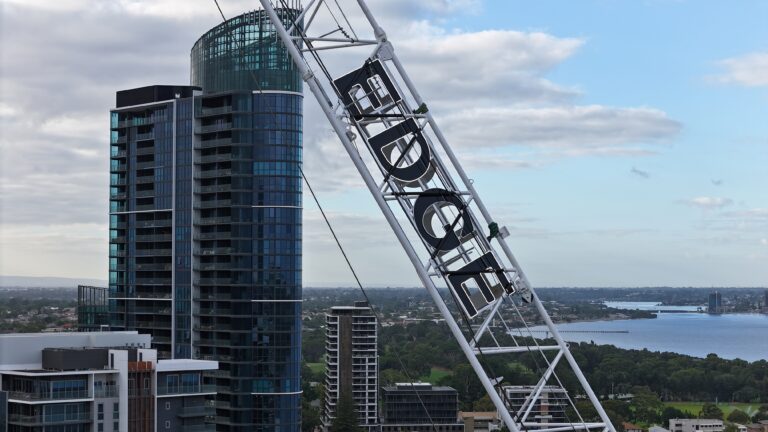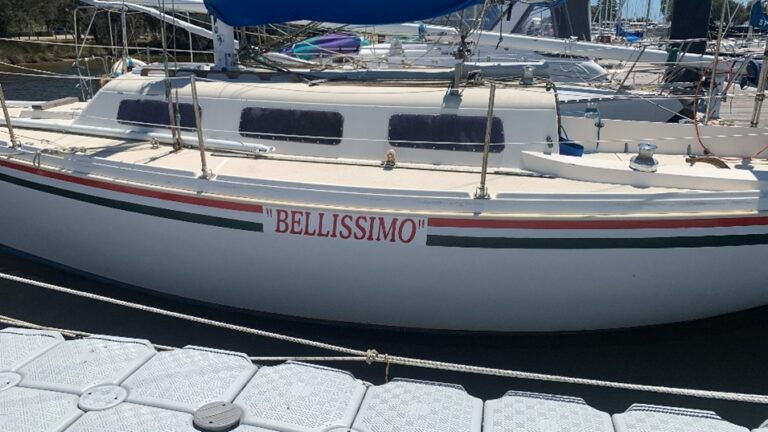What Makes a Good Sign Great?
What makes a good sign? We think 4 things are critical:
- Audience – a sharp focus on key users.
- Message – design, brand, location and visibility.
- Environment – the sign location & architectural features.
- Function – durability, information, static or interactive.
So many things to think about … and many more as well.
Irrespective of the sign type the key premise of a sign is to convey a message . Usually this is a relatively short, sharp communication. The number 1 task of any sign is to get a message across as quickly and effectively as possible.
Having the right sign for your business IS a big deal. Whether static or digital signage, your customers, users, guests, staff, students and visitors need you to have good signage. Why? 
- it’s the first visual connection with your company;
- it will help them find your business;
- it will assist in their navigation of your organisation;
- it will convince them that you are professional;
- it will assure them that they are in the right place.
Don’t let potential sales be lost by a simple signage mistake. Sometimes it’s simply the sign design that is off-putting for people!
The Importance of Brand & Design
Good signage is depends on a high quality brand and logo. From this positive starting point, well-designed signage can help your business flourish in a busy environment.
Transitioning from good to great signage involves many different aspects of design including logo, creative, positioning, colours and the manufacturing ability to make world class signs.
Easy you say! Well, to achieve this heady combination requires experienced, creative signage designers. Added to the design team are skilled signage personnel with knowledge of what signs work best. Demonstrated experience is essential – from static favourites such as building signs, pylons, wayfinding, directional sign, vehicle liveries – to modern, interactive digital displays and touchscreens. Ensure your sign company has the ability to make what it designs!
Once designed in detail, a typical sign may undergo a number of steps to achieve a high class result. The Signs & Lines in-house resources include:-
- routering of materials to create precision shapes;
- fabrication of metals to form rigid structures and framework;
- spray painting of sign elements to automotive standards;
- graphics imagery to bring the messaging to life;
- illumination by LED or neon for 24/7 visibility;
- assembly of all components;
- installation on site at height or in the ground.
For digital signage, additional elements are required such as creation of housings for screens, content creation, testing and commissioning of software. This is all part of our turnkey solution. Signs & Lines have a digital signage division, Yap!digital, who are able to provide touchscreens, digital displays, interactive kiosks, digital advertising billboards and digital display suites. Email Yap!digital today.
Considering the Signage Brief
It’s critical to get the brief right, right from the start. Some questions to ask about your signage include:
- When do I want my signage to be seen? Weekdays? Day/night?
- What language(s) does my signage need to cover?
- Will words, symbols or pictograms work best on my signage?
- Do I need to feature maps or directional information?
- How prominent does the branding need to be?
- How long does this signage need to last?
- Will a static or digital solution work best?
- Can I find a way to make the signage interactive?
- Do I need to update this signage regularly?

- Will there be heat, light or environmental factors in play?
- Can I collaborate with others to share costs?
- Do I want people to interact with the signage?
- Can I get third party investment from this signage?
- Will the council or authorities allow the signage?
- Are there regulatory considerations in play?
This is not an exhaustive list!
This is where the benefit of using a professional sign company, such as Signs & Lines, comes in. Not only will we explore the answers to the above questions before we go too far, we will guide you along the way to ensure that no stone remains unturned. No nasty surprises … no hidden extras … just a great sign result. Here are a few more tips to get your next signage project right.
1.Exploring Four Things that Make a Good Sign – Audience
The most important aspect of your signage design is getting the message across to its audience.
Your signage must attract the right customers and have the message seen by the right people. Ideally it needs to be eye-catching, engaging and easy on the eye.
The challenge comes in that different people observe signs differently – but if you know your audience you can tailor the message directly to them!
2.Exploring Four Things that Make a Good Sign – Message
Messages should be brief, accurate, and easy to understand. Less is more.
A clear message can be enhanced through good design. Obvious design hints include use of contrasting colours to accentuate key points.
Do NOT say too much. Eliminate clutter that distracts readers from the core message.
Give your brand space to breath. Use white space to allow the key messages to stand out.
3. Exploring Four Things that Make a Good Sign – Environment
Once you know your audience you can start picturing your signage in situ. There are a few considerations here:
- The surrounding environment – nature and architecture;
- Surrounding colours and hues – the look and feel of the location;
- Sign placement locations – explore where offers the best visibility;
- Wayfinding – help users find their way with ease;
- Positioning – find out where foot or road traffic will be coming from;
- Environmental– external weather conditions for example;
- Building and council regulations – get signs approved before you start;
- Compliance or regulatory factors – ensure signage is legal.
Considering the above will give you a head start to creating internal and external signage with confidence.
4. Exploring Four Things that Make a Good Sign – Function
Functionality is key to signage performance.
Evaluating the functional requirements at the outset will lead to efficiencies and user engagement.
- Is the sign simply directing users? Or has it another purpose?
- Should the sign interrelate to either existing signs or other new signs?
- Does the sign need to be interactive? Digital touchscreens are a great solution in this case;
- Will the sign be visible for all users? If you are catering for children signs may need to be positioned at a lower height.
- Is there a need to include special needs considerations? Disability, brailliant or special needs are functional questions that need to be asked;
- Does the signage match the audience profile? For example, contemporary styling may not work well in an aged care facility!;
- Will maintenance and servicing be easy and economical? Don’t get caught out with tricky, expensive repairs – these elements need to be considered at the outset;
- What is the likely lifespan of the signage? Is the sign only required on a temporary basis – or does it need to be in place for a decade. The answer to this question will determine the design;
- Does the signage need to fit into a hierarchy of sign types? Ensure that there are not style guides in place that need to be followed!
Finding a Good Sign Company!
If you’ve read our critical 4 elements to making a good sign, you’ll be ready to engage a sign specialist. All of the above will need to be considered, in conjunction with the available budget. Don’t build a ‘Ferrari’ sign if only a ‘Ford’ is required – and don’t expect a ‘Mercedes’ for a ‘Suzuki’ price tag!
Here’s the important bit! There are hundreds of sign companies out there – a few great ones, many good ones and the rest.
Choosing the right sign provider is key. The Signs & Lines professional team are Perth’s best. Our in-house design, manufacturing and installation team will deliver not only a GOOD sign, but a GREAT sign.
For static or digital signage solutions, be sure to give us a call on 08 9274 5151 or email us today! We’d be happy to offer advice and offer no obligation quotations.



